iPullRank is a black-owned company with a diverse team originating from every corner of the world. This is a point of pride for us, as we believe it helps in large and small ways. Having the right representation is key, so it was frustrating to see that the stock photo industry has a surprising lack of diversity.
I’m a Visual Designer at iPullRank. To assist me, we make use of stock photo sites like Shutterstock. I’ll often download vector images and photos from there as a starting point for my designs, using them to gain time and fulfill my deadlines faster.
A problem that I constantly run into is that I’ll find the perfect stock image, and there’s just one big problem with it: every single person in the photo is White.

As an immigrant working in a black-owned company, this hits both personally and professionally. In the case of stock illustrations, my only solution is to manually change the skin tones, and sometimes hairstyles, of the people in the image.
But, if it’s a stock photo, the only solution is to find another photo. This creates a roadblock that pops up multiple times per week, and sometimes multiples times in a day.
Here is a recent example where I’ve had to change the skin tones of a stock image.
Original:

Edit:

The cause of this lack of diversity is unsurprising. Hanlon’s Razor is an expression that goes, “Never attribute to malice that which is adequately explained by stupidity.” This is indeed the cause of the problem. It isn’t racism that’s stopping stock image creators from including more minorities, but a lack of awareness that it is an issue at all.
Where Stock Images Come From
The reality is that many stock images, especially illustrations, are made in Europe, and while Europe struggles with their own racial issues, those issues differ greatly from our struggles in the United States. The Black population makes up 13.4% of the United States. The European country with the highest Black population is the United Kingdom, with a 3% Black population. The second highest is France, with a .08% Black population. Third is Portugal, with a 0.05% Black population.
In fact, most European countries have such small Black populations that their census doesn’t have stats for it. It is in this environment that many stock images are created, so the results are not surprising.
Using Shutterstock as an example, here are the top results for two of the most popular searches involving groups of people. They are filtered based on how prominently they feature people of color, if at all.
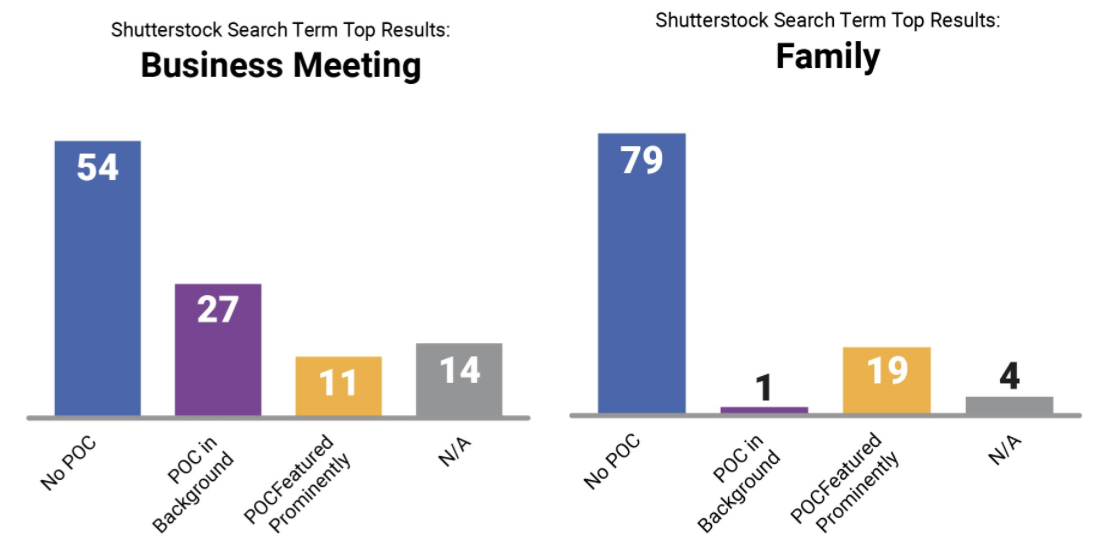
This lack of diversity is made worse when you consider that the United States provides the most traffic to the top stock photo sites. According to Alexa.com, here are their traffic breakdowns:
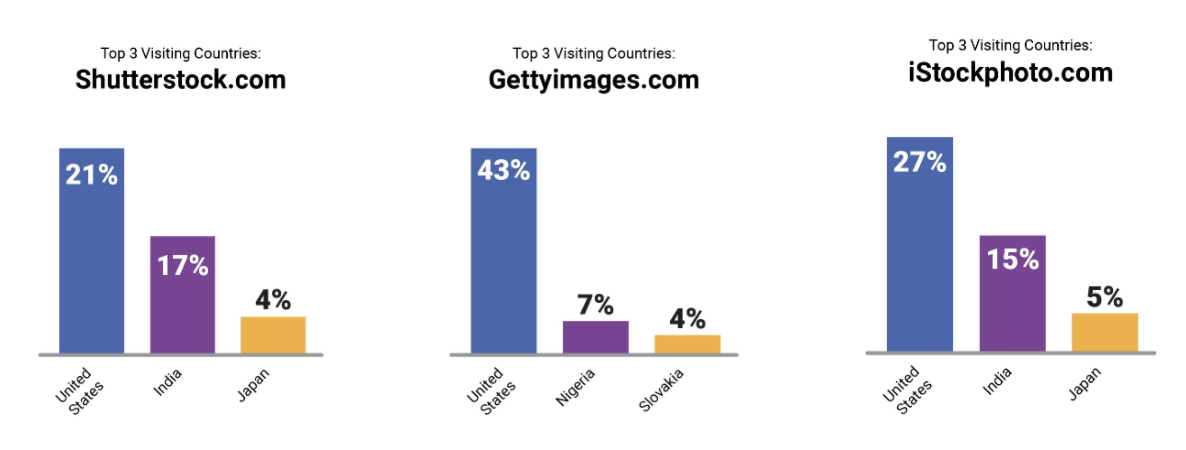
A recent example of the lack of understanding of American racial issues outside of the States is the reaction to the recent surge in support of the Black Lives Matter movement. To show their support, many non-Americans decided to post photos of themselves wearing blackface and writing inspirational messages. I wish this was a joke.
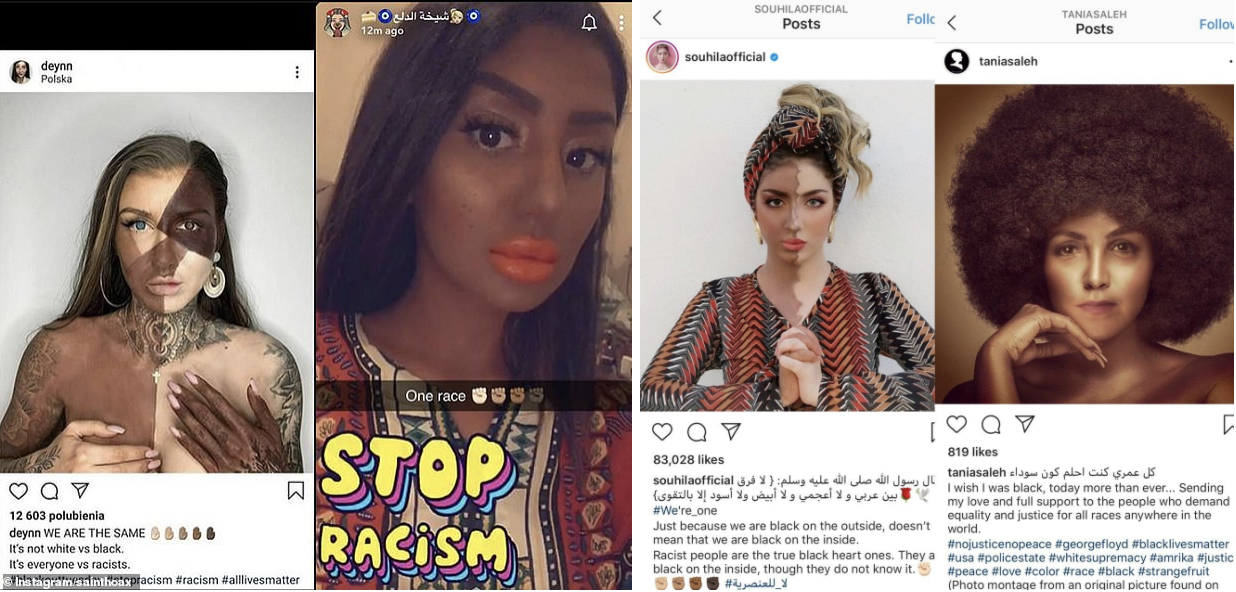
In these now-deleted posts, many commenters pleaded with the influencers to take them down, telling them that they are being racist, intentionally or not. All of these influencers responded by doubling down on their stance. They truly believed that there was nothing offensive about wearing blackface. Eventually, the backlash grew too overwhelming, and all of these posts were deleted.
Despite posts like this, there is a growing population in Europe that truly allies with the Black Lives Matter movement. Solidarity protests have appeared in countries like the United Kingdom, France, and Italy. The recent pandemic has amplified messages spread on social media, resulting in Europeans being more aware of American racism than ever before. No matter your understanding of America’s past or present, every human wants to be treated fairly.
As the Guardian states: Trayvon Martin, Michael Brown, and George Floyd are becoming household names in a way that Emmett Till never was. These acts of support are an indication that times are changing fast and going forward, Non-Americans will be more aware.
The question then becomes: Should we expect non-Americans to be up to date and aware of our social issues when surely Americans are not expected to learn the complex history of Europe? If marketers and creators are making products and content to be consumed by Americans, then yes. In the same way that movie studios might tweak imagery and tailor their content to the region, products for Americans should be made with an awareness of the current social climate.
This is an extreme example of a lack of awareness, but when it comes to marketing, there are many subtle ways to tweak your messaging for your audience. So how can companies and content creators from all regions check to see if they are maximizing their audience appeal while staying sensitive to the local culture?
The best way is to ask. Independent research is a great tool, but it can never capture the intricate and specific details that only a local can know. If you’re at a company, it’s possible they might have an employee from the target region. If this is not possible, or if you’re an independent creator, you can use the internet to find someone who can help.
LinkedIn is a great resource for finding this type of advice. It’s possible to reach out to someone in the same industry that works in your target region.
Those Making A Change
As for the stock photo industry, there are many people advocating for more diversity. A few have taken it into their own hands to fill the gap. Here are some resources:
Black Illustrations
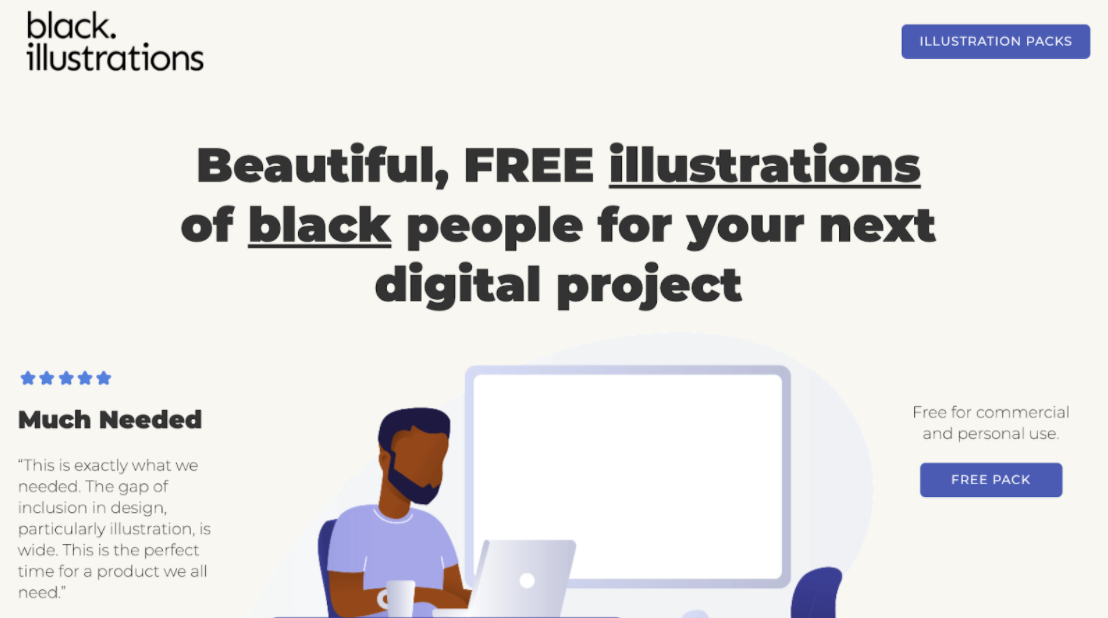
Black Illustrations is a website started by one man who could never find the right images for his projects and decided to fill the need himself. The illustrations on this website are free to use for commercial and personal use.
TONL
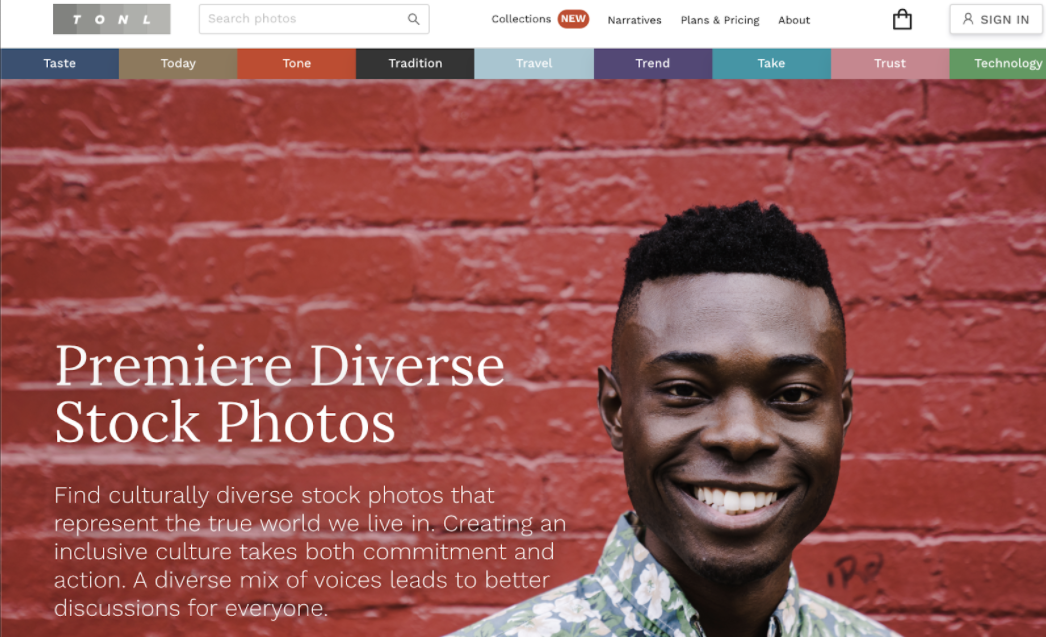
TONL focuses on high-quality, racially diverse stock photos.
Nappy
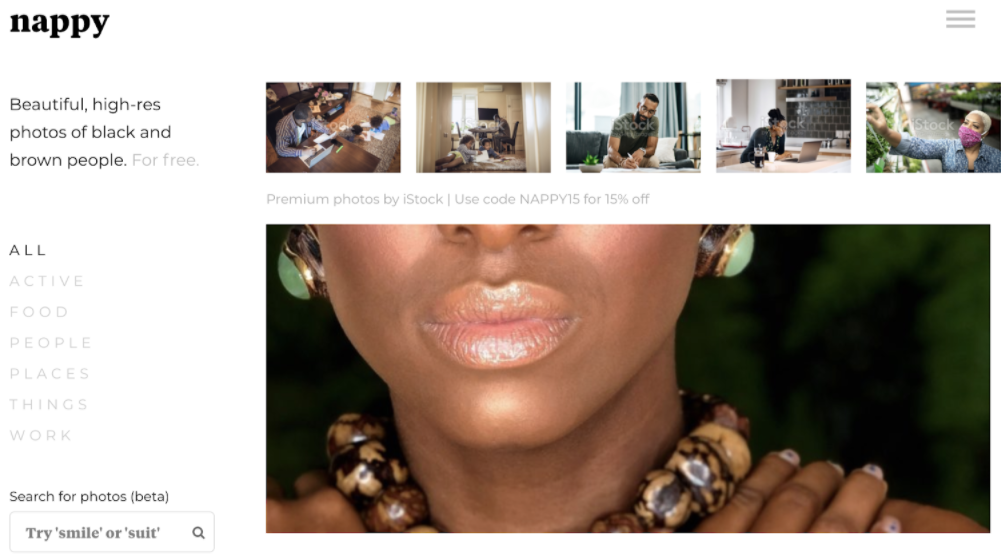
Nappy is a rare site, focusing exclusively on photos of black and brown people in a wide variety of settings.
WOCinTech
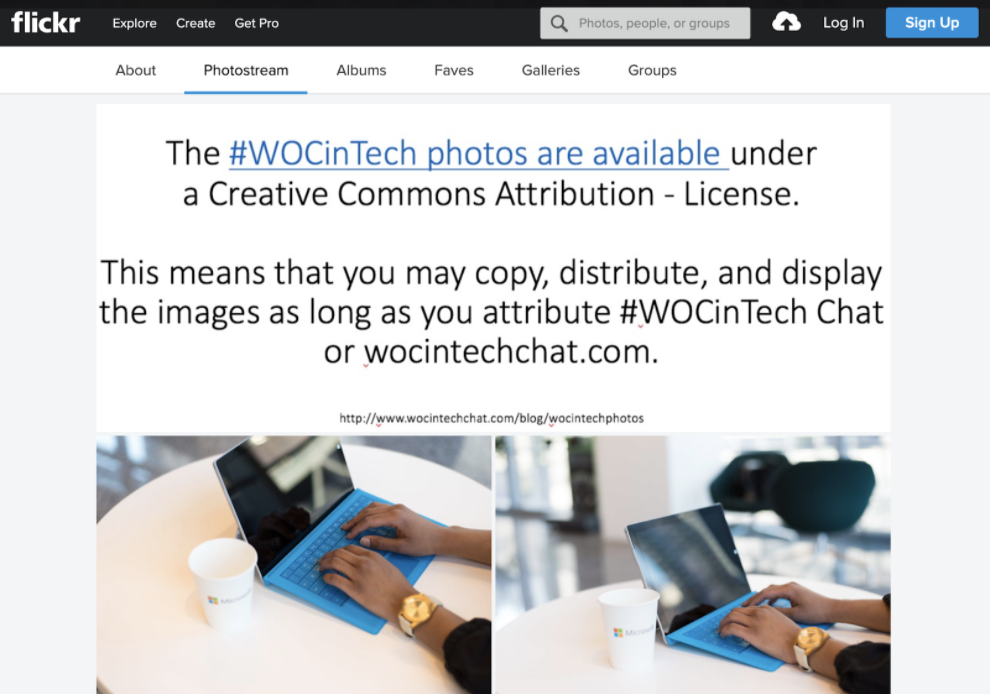
WOCinTech is a Flickr group that allows you to use their photos for free as long as you give attribution. They focus on business images, providing images that are rarely seen on popular stock sites.
We Can Help with Diverse Designs
The United States is going through a time of social change. People from all around the world have taken notice, and companies and creators are learning that showing diversity and equality should be a priority. There are many artists from all around the world that already understand this, and they deserve credit for taking the initiative. By tailoring your products to be more aware, you can show your customers that your company is doing its part.
For more tips and insights on optimizing your business, reach out to us here.
- Can Your Business Survive a Black Swan Event? - October 9, 2020
- The Stock Photo/Video Industry Has a Diversity Problem - July 30, 2020





